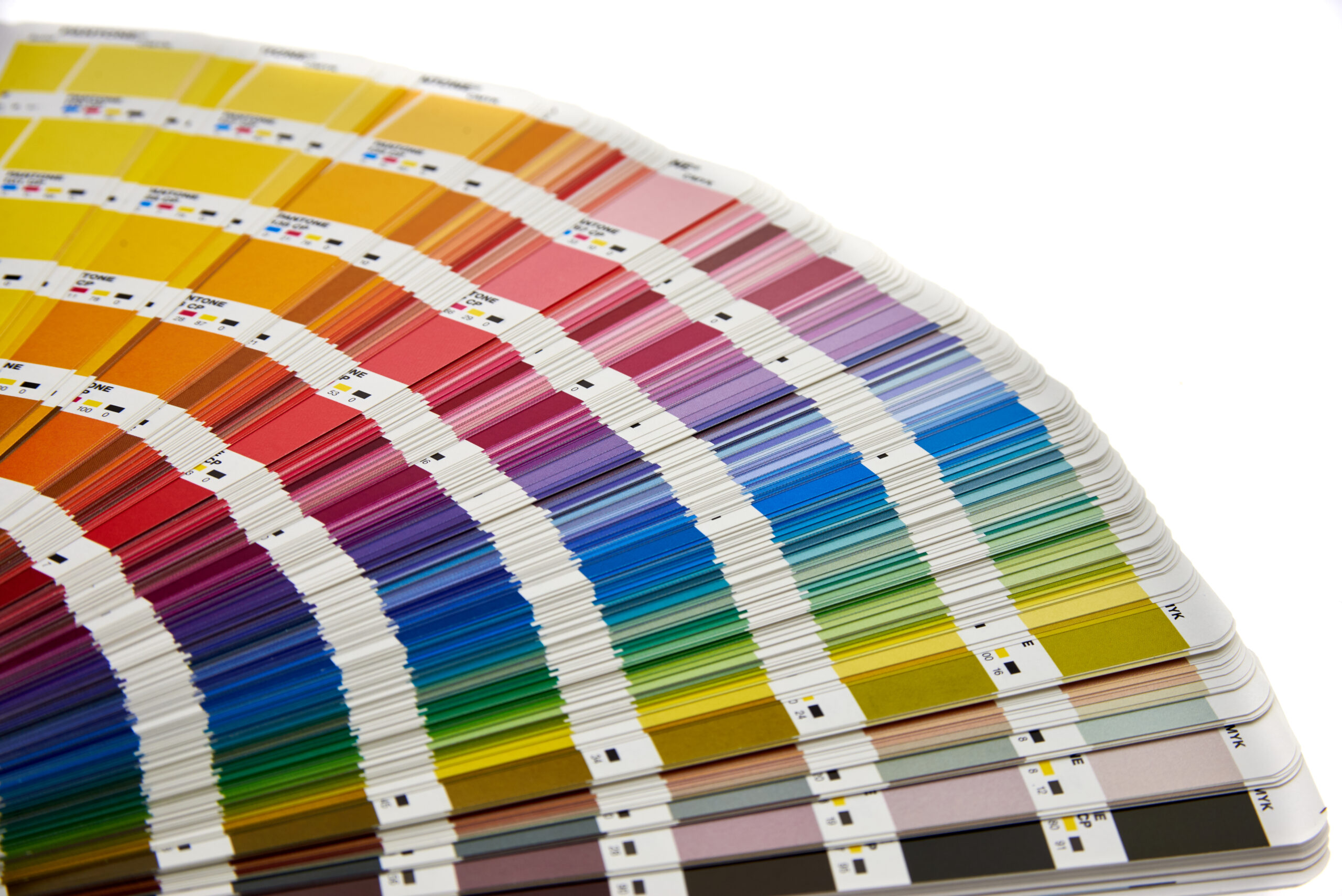Optimal Hair Color to Cover Up Weakening Hair – Tips
Selecting the suitable hair color is key when addressing fine hair. The best shade not only boosts your look but also your self-assurance. It’s important to comprehend your choices, especially for receding hairlines or scalp concealments. This guide will demonstrate how to pick colors that make your hair appear more voluminous and more vibrant.
Key Takeaways
- Choosing the appropriate hair color is key for hiding thinning hair.
- The ideal hair color for thinning tops can improve overall appearance.
- Correct application techniques are essential for attaining natural results.
- Using colors that complement your complexion can enhance confidence.
- Thoughtfully applied highlights can provide dimension to fine hair using bald hair dye.
- Exploring scalp concealment options provides further confidence.
The Importance of Selecting the Right Hair Color
Selecting the suitable hair color is crucial for those with fine hair. The ideal shade can either draw attention to or mask sparse areas. Brighter colors can make sparse hair look sparser. On the contrary, darker shades can give the impression of thicker hair, making them a great choice for those looking to hide fine hair.
When picking shades for thin hair, skin shade and natural hair color are essential. A color that compliments your complexion can make you look more balanced and dynamic. Experimenting with different colors and methods can help find the ideal shade that makes your hair look thicker, enhancing your confidence and style.
To help you select, here’s a table with diverse hair colors and their effects on hair volume:
| Hair Color | Effect on Volume | Skin Tone Compatibility |
|---|---|---|
| Pale Blonde | Might accentuate fine areas | Pale to light complexion |
| Chocolate Brown | Adds warmth and fullness | Medium to warm skin |
| Rich Auburn | Enhances richness | Warm undertones |
| Deep Black | Provides high contrast | Darker complexions |
| Honey Caramel | Reduces the look of fine areas | Various skin tones |
Understanding Thinning Hair and Its Causes
Thinning hair is a frequent issue that can influence anyone. It stems from a range of elements. Recognizing the different reasons of thinning hair is vital for finding the suitable treatments and styling options. Some common causes include:
-
Genetic predispositions: Genetics often plays a significant role in hair thinning.
-
Endocrine changes: Hormonal shifts due to menopause, pregnancy, or thyroid issues can cause hair loss.
-
Vitamin lacks: Not getting enough vitamins like Biotin or minerals like iron can reduce hair.
-
Environmental influences: Exposure to pollution and harsh chemicals can weaken hair and scalp.
It’s also crucial to know what does a thinning scalp look like. Signs may include a wider part, patches of sparser hair, or visible scalp. The forms can vary, from diffuse thinning to specific bald spots. Each person’s situation is distinct, making it essential to recognize these signs early for efficient color choices.
Best Hair Color to Hide Sparse Hair
Selecting the appropriate hair color can significantly influence those with thinning hair. Selecting shades that complement your skin tone not only boosts natural beauty but also creates an appearance of volume. Diverse tones can successfully cover up sparse areas, offering you a vibrant look while minimizing the look of sparse spots.
Choosing Shades That Complement Your Skin Tone
Grasping your complexion is vital in figuring out what color hair hides thinning effectively. Here are some tips:
-
Warm Skin Tones: Choose golden, honey, or caramel shades. These colors introduce warmth and brightness, diverting attention from thinning areas.
-
Cool Skin Tones: Opt for ash blonde, chestnut, or cool brown shades. These tones provide contrast and depth, generating a sophisticated look that keeps interest.
-
Universal Skin Shades: Choose rich colors like chocolate brown or auburn, balancing warmth and coolness to reach harmony.
Using Highlights to Provide Dimension to Sparse Hair
Incorporating highlights is an effective strategy for making hair look thicker. Highlights generate visual interest, which can shift from fine patches. Think about these methods:
-
Balayage: A coloring technique that offers a natural look while providing depth.
-
Foiling: Focused application of highlights helps in obtaining a more structured and dimensional appearance.
-
Lowlights: Darker shades mixed with your main color provide contrast that produces the illusion of more voluminous hair.
Combining your selected base color with highlights not only masks thinning but also enhances the overall effect, making it one of the top hair color options for receding hairlines.
| Skin Tone | Recommended Colors | Highlight Techniques |
|---|---|---|
| Sunny | Sun-kissed, Butterscotch, Maple | Dip-dye, Highlighting |
| Cool | Platinum, Espresso, Slate | Shadowing, Underlights |
| Neutral | Espresso, Rust | Ombre, Mixed Highlights |
Advice for Hair Color Products
Selecting the suitable hair color products can greatly improve the appearance of fine hair. Choosing the best hair color products for thinning hair will not only provide a rich color but also provide nourishing benefits. Seek out formulas enriched with ingredients like keratin and argan oil, which help maintain hair strength and health. Additionally, using scalp cover up products can efficiently cover up bald spots and provide a more voluminous look.
Top Hair Dyes for Weakening Hair
When picking a hair dye for fine hair, consider these highly recommended options:
-
Clairol Nice ‘n Easy – Renowned for its rich color and moisturizing properties.
-
L’Oreal Paris Excellence Creme – Delivers triple protection, ensuring smooth and vibrant results.
-
Schwarzkopf Keratin Color – Infused with keratin, this dye fortifies while coloring.
-
Garnier Nutrisse Cream – Provides brilliant color with additional conditioning for more vibrant hair.
Scalp Cover Up Products and Sprays
To supplement your hair dye choice, opt for using these efficient scalp cover up products:
-
Caboki – A hair fiber product that sticks to existing hair, making it look fuller.
-
Keratin Hair Fibers – Masks thinning areas effectively, blending seamlessly into the scalp.
-
KERANIQUE Scalp Treatment Spray – Provides a feather-light, tinted formula suitable for enhancing hair volume.
Advice for Application and Maintenance
Applying vibrant color on sparse hair needs careful attention to application and upkeep. The suitable maintenance tips for color-treated thinning hair can greatly impact hair health and appearance.
When dyeing hair, employ a soft method to avoid harming thin strands. Start by parting hair into parts for consistent coverage. Apply color from roots to ends, making sure all strands are saturated. Employ a brush for exact application. Follow the suggested time to avoid over-processing.
Aftercare is essential. Utilize sulfate-free shampoos to wash hair without stripping color. Frequent deep conditioning masks replenish moisture and vibrancy. Care for hair weekly to strengthen and shine, especially for weakening hair.
Ongoing care is essential to preserving healthy, beautiful hair. Adhering to these maintenance tips for color-treated thinning hair will maintain your color vibrant and your hair healthy.
Using Scalp Tinting Techniques for Better Results
Scalp shading is a great way to merge hair color with scalp tone, especially for those with thinning hair. It can make the scalp area seem more even, establishing the illusion of fuller hair.
How to Harmonize Colors for a Natural Look
Successful color harmonizing is crucial for a authentic scalp tinting look. Commence by choosing a color that coordinates with your hair and scalp. This method minimizes harsh contrasts. Employ a fine brush to distribute the tint in layers, beginning at the hairline and progressing upwards.
This approach provides balanced shades and masks any uneven areas, leading to a unified look.
Pro Tips for Implementing Color to Bald Spots
For bald spots, the appropriate products are crucial. Select scalp tinting solutions formulated for thinning hair. Spread the color in small sections to imitate hair growth. Build layers, not excessively covering the area.
Professional Treatments to Explore
For those searching for successful solutions for thinning hair, professional treatments offer advanced options. Techniques like MicroArt Scalp Shading offer exceptional coverage, creating a natural look. Semi-permanent makeup is also popular for long-lasting results, making it a noteworthy scalp cover for thinning hair.
MicroArt Scalp Shading for Successful Coverage
MicroArt Scalp Shading employs detailed tattooing techniques to mimic hair follicles, creating a fuller appearance. This procedure is personalized to individual needs, providing a natural look. The precision involved minimizes discomfort, allowing for a quick recovery.
Its flexibility fits diverse skin tones and hair colors. Clients can personalize the shade and density of the scalp cover-up. This makes it a standout choice.
Benefits of Semi-Permanent Makeup for Sparse Hair
Semi-permanent makeup offers a convenient solution for covering sparse areas. It lasts up to three years, depending on skin type and maintenance. Its natural appearance improves the hairline while harmonizing with the scalp.
Recent techniques in semi-permanent makeup have been designed to minimize side effects. For those looking for the best scalp cover up, this option is highly rated among available treatments.
| Treatment | Duration | Natural Look | Customization | Recovery Time |
|---|---|---|---|---|
| MicroArt Scalp Shading | 3-5 years | High | Yes | Minimal |
| Semi-Permanent Makeup | 1-3 years | Very High | Yes | Short |
Home Remedies for Hair Thickening
Exploring natural solutions for thin hair can uncover effective, holistic methods to increase hair thickness and vitality. Many individuals search for hair thickening remedies that are mild yet provide substantial results. Ingredients like rosemary oil, biotin, and pumpkin seed oil are particularly beneficial. They promote hair growth and improve scalp health.
Below is a table detailing some well-known natural remedies and their benefits:
| Remedy | Benefits | Usage Instructions |
|---|---|---|
| Rosemary Oil | Enhances blood flow, promoting hair growth | Mix a few drops with carrier oil and massage into the scalp weekly |
| Biotin Supplements | Supports keratin production, improving hair strength | Take according to package directions daily for best results |
| Pumpkin Seed Oil | Encourages hair follicle activity, may lead to thicker hair | Use as a scalp treatment or add to hair care products |
| Aloe Vera | Conditions hair while reducing inflammation on the scalp | Apply fresh aloe vera gel to the scalp, rinse after 30 minutes |
| Massage with Olive Oil | Increases hydration and promotes healthy hair | Warm olive oil slightly and massage it in, leave for an hour |
These hair thickening remedies can easily fit into your daily routine. They not only condition but also boost the effects of color treatments, producing thicker hair. Adopting these natural solutions can successfully convert thin hair into a more lush mane.
Coloring Techniques That Work Best for Women
Selecting the right coloring techniques can significantly boost the look of weakening hair. Women should consider various methods, including highlighting and full color applications. Each method offers unique benefits, particularly in terms of obtaining a thicker appearance.
Highlighting vs. Full Color Applications
Adding highlights techniques for thin hair can produce a sense of depth and volume, making the hair look thicker. By carefully applying lighter shades, highlights can merge smoothly with the base color, providing an illusion of volume. In contrast, full color applications may lead to a uniform look, which can sometimes emphasize thinning areas. For women with thinning hair, highlights often act as the more favorable option.
Maintenance Tips for Color-Treated Thinning Hair
After coloring, it’s vital to maintain the health of the hair to stop further thinning. Here are some efficient maintenance tips:
- Utilize sulfate-free shampoos to preserve color and hydration.
- Hydrate frequently with deep conditioning treatments to nourish strands.
- Avoid excessive heat styling to lessen damage.
- Schedule regular trims to preserve healthy ends and reduce breakage.
- Consider leave-in treatments to guard and boost hair’s appearance.
Final Thoughts on Hair Color and Thinning Hair
Exploring the appropriate hair color for thinning hair opens up a world where the perfect choice enhances both looks and confidence. Grasping skin tones and using highlights are essential. These strategies direct you to a lively, healthy look that enhances your self-esteem.
Effective hair care for thinning hair means selecting products suitable to your needs. This ensures every step in your hair care journey enhances your unique beauty. Choosing quality hair dyes and scalp cover-ups assists mask concerns and preserves your hair vibrant.
Confidence in hair color comes from understanding how to care for your hair and making wise choices. The tips given here encourages you to act towards a more voluminous, more dynamic look. It allows you to face the world with confidence.
FAQ
What is the best hair color to hide thinning hair?
For hiding thinning hair, opt for a darker shade that complements your skin tone. This creates an illusion of fullness. Deep browns or soft blacks are effective in camouflaging thinning areas.
How can I cover bald spots with makeup?
Use specialized products like scalp cover up sprays or fibers to blend with your hair color. A tinted scalp color spray can also reduce the contrast between your scalp and hair, making bald spots less noticeable.
What does a thinning scalp look like?
A thinning scalp may show through the hair, with visible patterns of hair loss. Look for widened parts or patches with little hair. These changes help in choosing the right hair color solutions.
Are there specific hair coloring techniques that work best for women with thinning hair?
Yes! Techniques like balayage or highlighting add volume and dimension to thinning hair. They create the illusion of fuller locks. Highlights are often preferred over full color applications for their visual depth.
What are some recommended hair dyes for thinning hair?
For thinning hair, look for dyes with nourishing ingredients like keratin and argan oil. Brands like L’Oréal, Clairol, and Wella offer rich color while promoting hair health.
What natural remedies can help thicken hair?
Natural remedies include using oils like rosemary or pumpkin seed oil to stimulate growth. Biotin supplements also support overall hair health.
How can scalp tinting help with the appearance of thinning hair?
Scalp tinting unifies your scalp color with your hair, creating a seamless look. It’s especially useful for bald spots, enhancing a natural appearance.
What maintenance tips should I follow for color-treated thinning hair?
Use sulfate-free shampoos to protect color vibrancy and incorporate regular deep conditioning treatments. Avoid excessive heat styling to prevent damage.
What professional treatments are effective for thinning hair?
Professional treatments like MicroArt Scalp Shading offer a semi-permanent solution. They provide long-lasting results that blend seamlessly with existing hair. With proper care, these treatments can last up to three years.
What is the significance of choosing the right hair color for thinning crown?
The right hair color for a thinning crown is crucial. It creates balance and harmony with your natural hair, reducing thinning area visibility. Darker shades are often the best choice.


